- Cumin Seed
- Turmeric Finger & Powder
- Coriander Seed & Powder
- Chilli Pepper & Powder
- Black Pepper & Powder
- Fennel Seed
- Fenugreek Seed
- Cardamom
- Clove
Cumin is the name for the dried white, grey-brown fruit of a small, slender annual plant. The fruit’s surface is separated into four less prominent, subordinate ridges and five principal ridges that are covered in numerous tiny hairs. It is between 15 and 50 cm tall. The fruit is oval-shaped, elongated, 3 to 6 mm long, somewhat bitter, and tastes warm. It resembles a seed. There are little umbels of rose- or white-colored blooms.
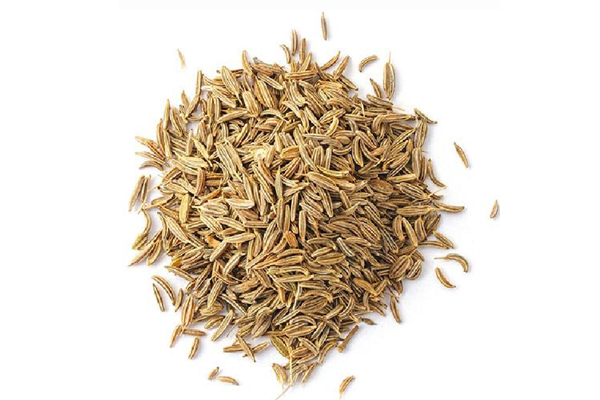
Third most popular spice worldwide, cumin is known for its aromatic, spicy-sweet flavour. The seeds are still a mainstay in many delectable cuisines around the globe, having been used for centuries.
Turmeric Finger & Powder
Turmeric is made from the boiled, dried, cleaned, and polished rhizomes of Curcuma longa. The plant is between 60 and 90 centimetres tall, with tufted leaves and a short stem. The sheaths and seven to twelve leaves make up the pseudo stem. The lamina’s dimensions are 8–12 cm in width and 30–40 cm in length. Above, it is green, and below, it is light green. The inflorescence’s main spike measures 10 to 15 cm in length. The 1-4 flowers that are born in the bract axil open one at a time. A spike yields roughly thirty blooms. One or more sunken capsules that are used to develop seeds can be found within an inflorescence.
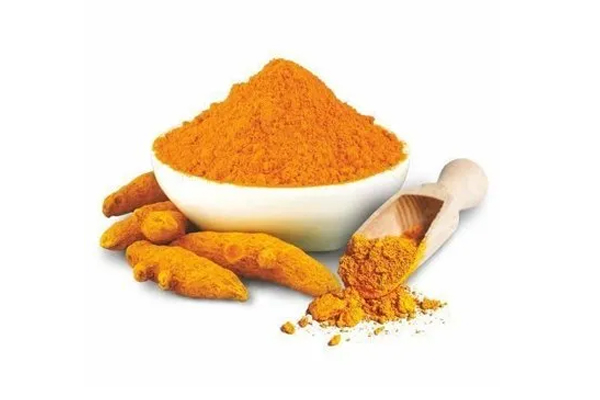
Turmeric is used to colour and flavour food. It’s an essential part of curry powder. Turmeric oleoresin is used in brine pickles, as well as a number of mayonnaise and relish recipes, non-alcoholic beverages, gelatins, butter, cheese, and other products. Curcumin, a pigment found in turmeric, is used as a colouring agent. Turmeric is also used as a dye in the textile industry. It is made into oils, poultices, and therapeutic ointments. It has antiseptic, blood-purifying, carminative, tonic, and digestive qualities. It is used in cosmetics. There are biopesticidal properties in the aqueous extracts.
Coriander Seed & Powder
Coriander is a major crop of spices that adds flavour to food. The plant is a small, bushy herb with several branches and umbels that grows to a height of 25 to 50 cm on a slender stem. The leaves alternate and are intricate. The entire plant is filled with a beautiful scent. A compound umbel composed of five individual umbels is called an inflorescence. The globular, 3–4 mm diameter fruit splits into two locules, each holding a single seed, when pushed. The fruit has a faint aroma, and the seeds are coloured from pale white to pale brown.
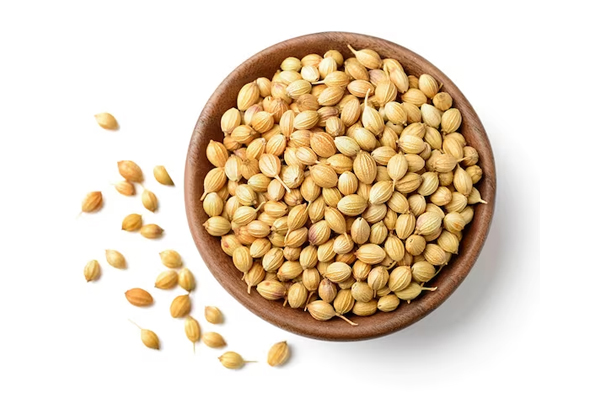
The young plant adds flavour and decoration to curries and soups. The fruits (seeds) are often used as spices in sausages, curry powders, and other condiments, whether or not they are roasted. It is an essential ingredient in breads, meat products, puddings, syrups, soda, candy preserves, and alcoholic drinks. It is also used in the production of culinary flavourings. In pharmaceuticals, it functions as a diuretic, aphrodisiac, carminative, and refrigerant. It is a component of over-the-counter drugs used to treat seasonal fever, nausea, and conditions related to nausea.
Chilli Pepper & Powder
The chilli pepper is one of the most important spices in India and around the world. India’s chillies are popular all over the world. An Indian exporter of chiles ships tonnes of them abroad every year. The many culinary uses for chilli pepper are contributing to its growing popularity. The export of chilli peppers includes the export of all varieties of the product.
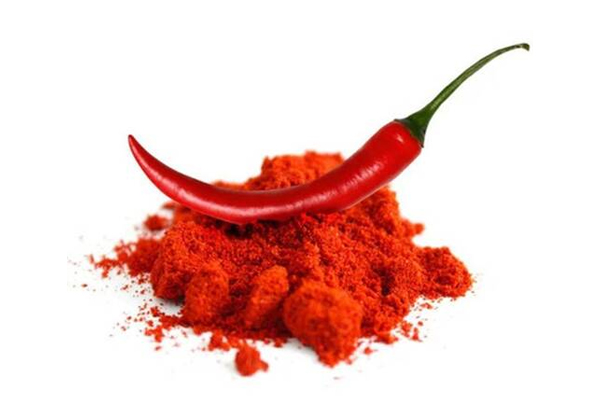
Black Pepper & Powder
The perennial climbing plant Piper nigrum is primarily found in hot, humid parts of Southern India. The dried, mature fruit of this shrub is called black pepper. Pepper vines are grown under cultivation in columns that have a diameter of 1-2 metres and a height of 6-7 metres. All of the climbing woody stems have swelling nods with adhering roots at each node to help the vines stick to the support trees, or standards. Its main stem grows straight up, and the lateral shoots that sprout from the leaf axils are devoid of adventitious roots and have shorter nodes between them.
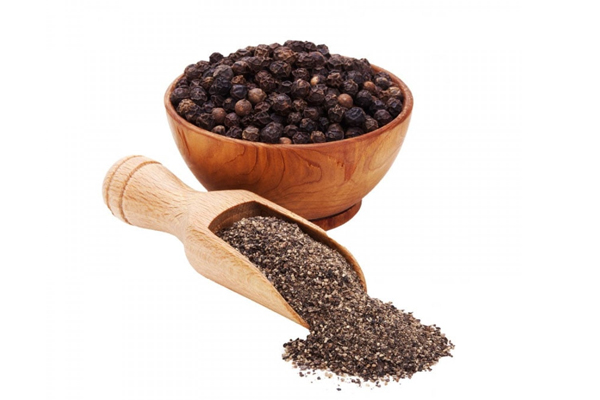
Fennel Seed
It is 1.5 to 1.8 metres tall, biannual, robust, aromatic, and glabrous. The mature fruit, also known as the seed, is small, round, cylindrical, 6.8 mm long, straight or slightly curved, greenish yellow, heavily wrinkled, five ridged, and scented.
Fennel leaves are garnished with them. Salads often contain leaves and stalks.
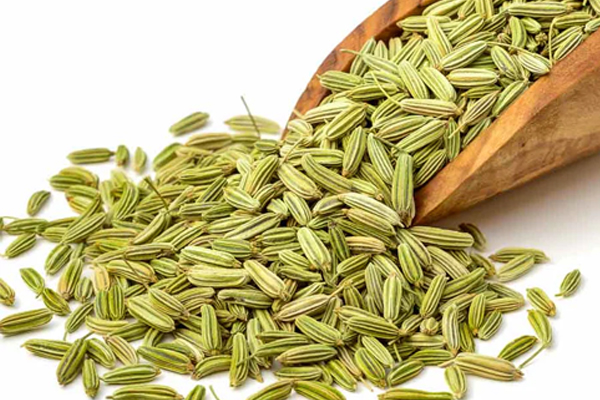
It’s a common topping for pizza and a necessary component of Italian sausages. Dried fruits are used as a masticatory because of their aromatic flavour and fragrant aroma. They can also be used to flavour liquors, pastries, meat dishes, soups, sauces, and confections. The fruits have stimulant, carminative, and aromatic qualities.
Fenugreek Seed
Fenugreek seed is the mature fruit of an annual plant. This robust plant can reach a height of 30 to 60 cm. Its leaves are light green, and it bears slender, beaked pods that are 10 to 15 cm long. Ten to twenty small, smooth, rectangular, hard, yellowish-brown seeds, about 3 mm long, with a groove down one corner that gives them the appearance of being hooked, are contained in each pod.
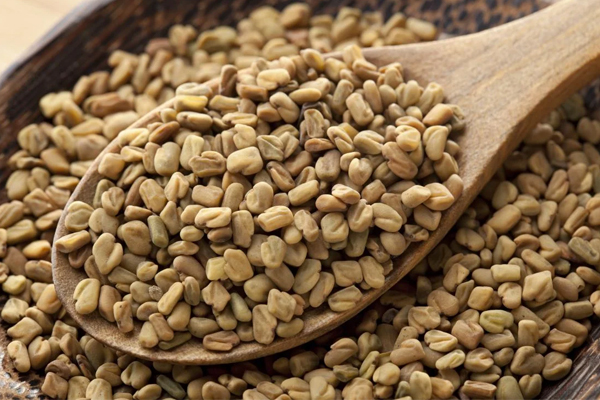
Fenugreek is used as a food additive in addition to being used in food and medicine. Fresh, delicate pods, leaves, and shoots are eaten as a vegetable in curries. It adds flavour to food as a spice. Dried leaf powder can be used to flavour and garnish a variety of foods.
Cardamom
Because of its aromatic and flavorful qualities, cardamom is sometimes referred to as the “Queen of Spices.” It is one of the most expensive spices, but you only need a tiny bit to taste the flavour. Cardamom is among the world’s oldest spices. Cardamom is used as an essential garnish for biryanis and pulaos. It has a strong, unique flavour and a very fragrant, resinous aroma.
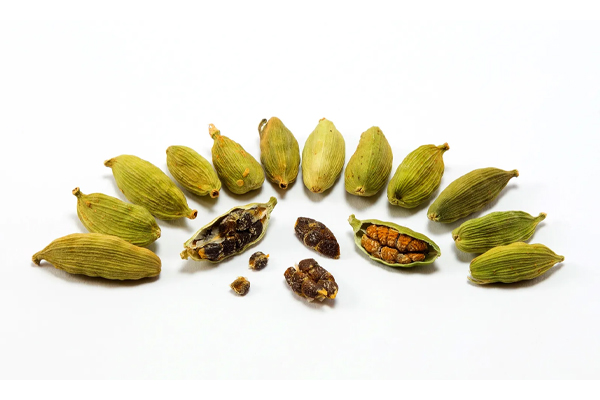
It is a common ingredient in Indian cooking, especially in traditional Indian desserts and masala chai (spicy tea). It is preferable to preserve the seeds in their pods because they lose flavour quickly when they are ground or exposed to the air. Green cardamom is often used to make the strong cardamom-coffee concoction known as “gahwa.”
Clove
The unopened, air-dried bloom bud of a medium-sized evergreen tree is called commercial clove. In the food industry, cloves are primarily used whole or ground for flavourings and culinary applications. Meals that are sweet or savoury go well with its flavour. It is highly valued in medicine due to its carminative, fragrant, and stimulating properties.

Because of its antiseptic and antibacterial properties, clove oil is used in medicine, especially in pharyngeal, oral, and dental treatments. It is more widely used in soaps, fragrances, and toothpaste and mouthwash formulations. It’s also supposed to help diabetics better absorb sugar.
Cloves have the highest level of antioxidant activity of any food. Due to their analgesic properties, cloves can be used to treat a variety of dental conditions, including tooth pain. They also enhance memory and blood circulation.



